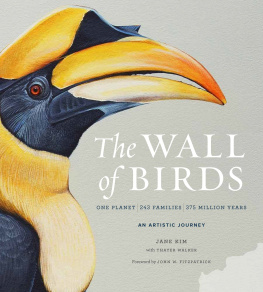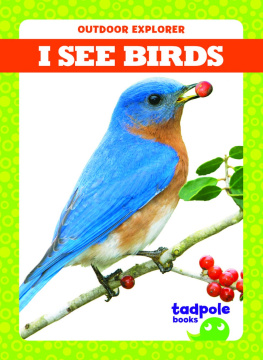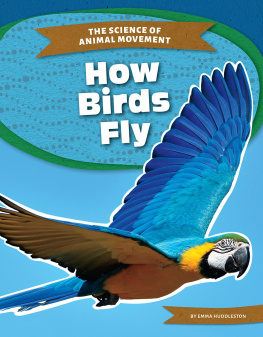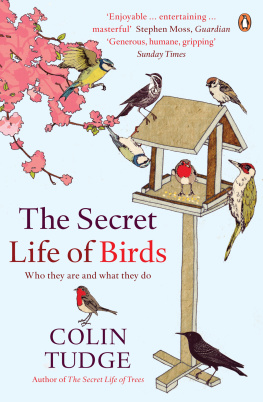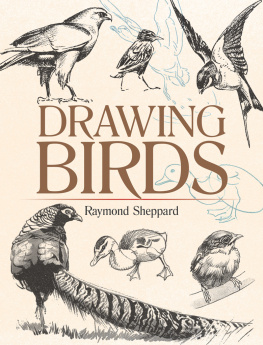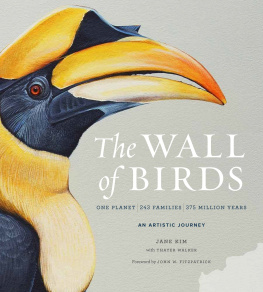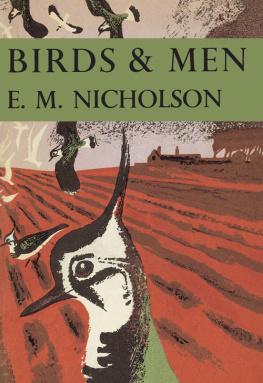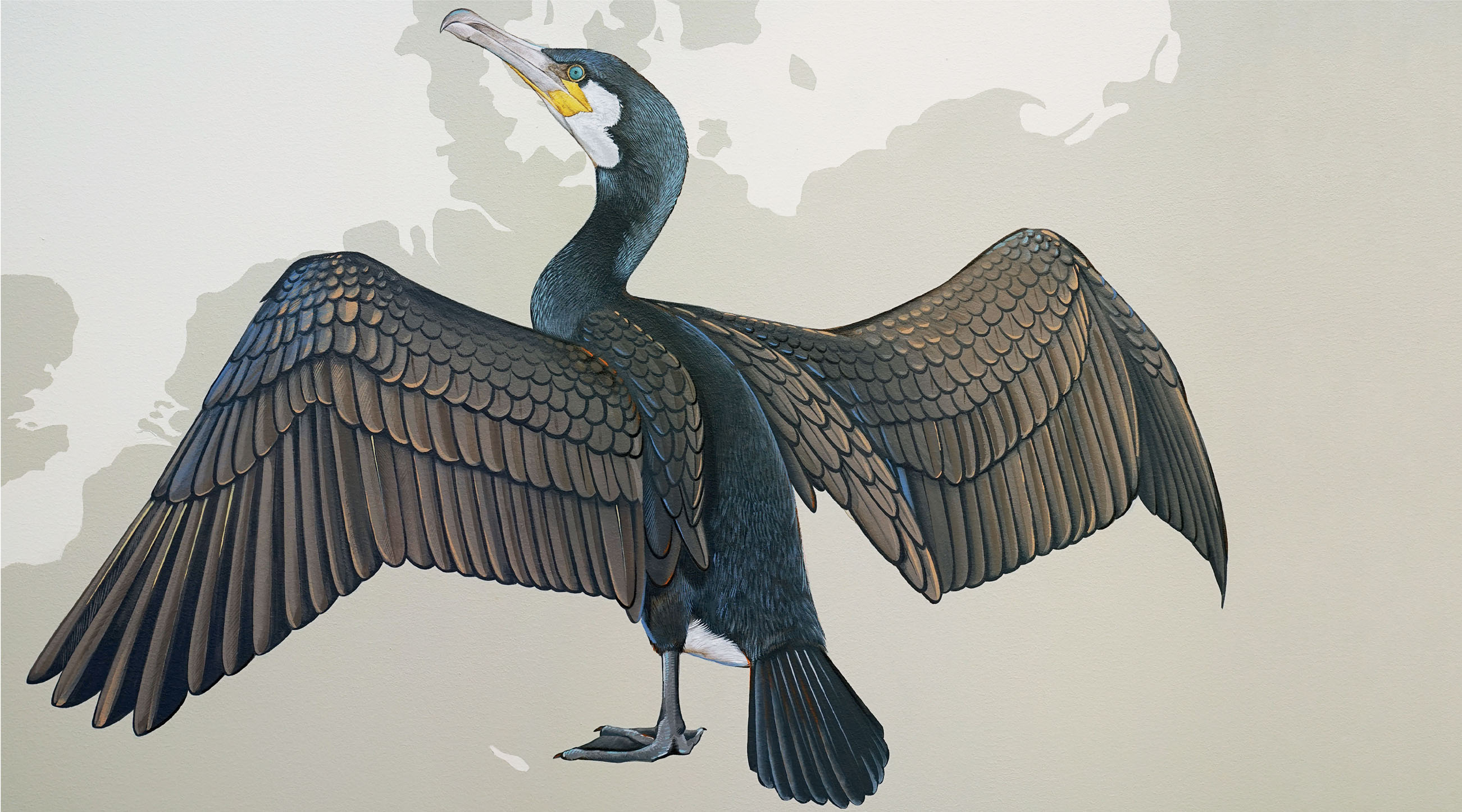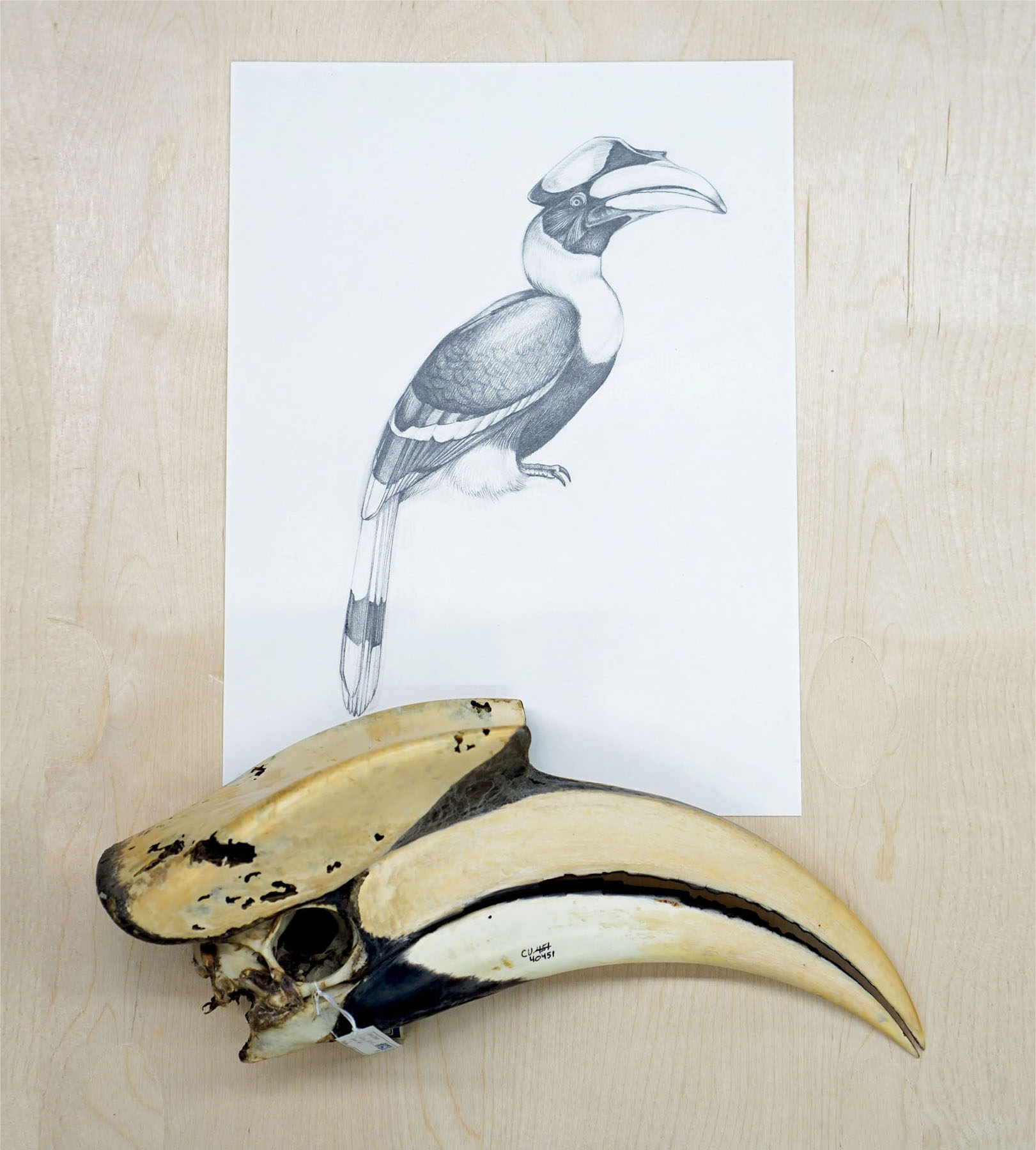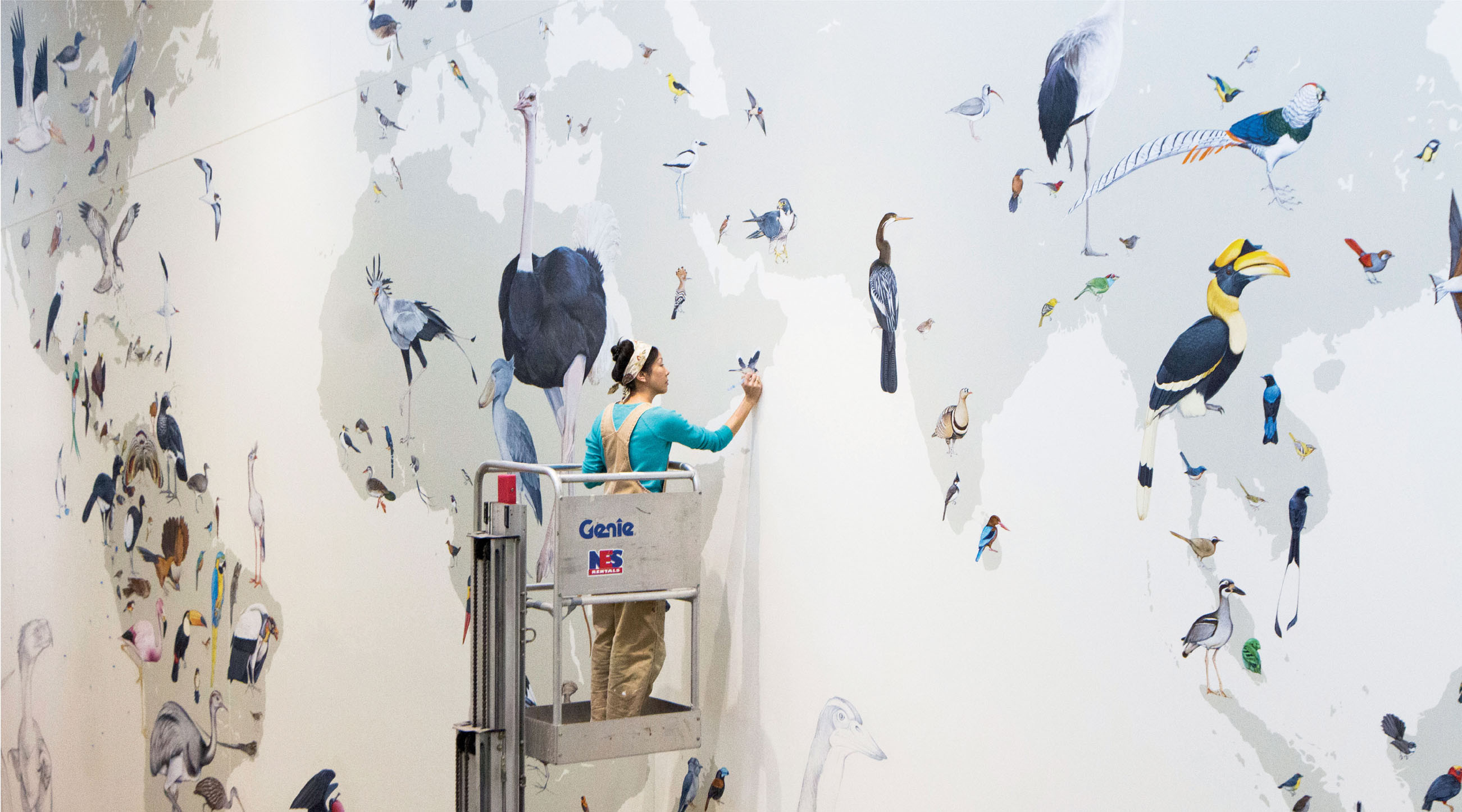
Magnificent Frigatebird Fregata magnificens | FAMILY Fregatidae
THE EARLY TWENTIETH CENTURY WAS AN ARTISTIC heyday for natural history museums, as they invented new ways to bring spectacular natural places, exotic species, and conservation ethics to their visitors. The hallmarks of that era were dioramas, three-dimensional masterpieces of taxidermy and background painting created by superb taxidermists and master artist-naturalists. These craftsmen (and they were indeed all men) knew their subjects intimately, often traveling the world to document real places with field sketches before melding knowledge and passion into timeless replicas of biological diversity. The background painters included such legendary wildlife artists as Louis Agassiz Fuertes, Carl Rungius, and Francis Lee Jaques, while artists like Charles R. Knight and Rudolph Zallinger became equally legendary for painting monumental murals depicting prehistoric life.
All my life I have admired the great museum artists of that bygone era, and it was my privilege to know one of them personally. Francis Lee Jaqueshands down, the greatest of them allspent his retirement years in the 1950s and 1960s a few miles north of Saint Paul, Minnesota, just across Mallard Pond from my home. Our family became dear friends with Lee and his wife, Florence Jaques (with whom we shared a telephone party line).
Occasionally I was brave enough to invite myself into his upstairs studio to watch him put brush to canvas while he described how to mix colors, create an oil-based wash, or sketch the outlines of his subjects before painting them in. Once he described how he lay on his back high on a scaffold (like Michelangelo) while painting clouds and birds on the ceiling of the famous Whitney Hall of Oceanic Birds at the American Museum of Natural History. Mr. Jaques died in July 1969, just before my eighteenth birthday. I think of him almost every day and selfishly wish he could have known that his adoring teenage neighbor would one day become director of the Cornell Lab of Ornithology, the worlds best-known center for the study of birds.
I recount all this as a background painting for the story of the remarkable, epic-scale mural celebrated by this book. During her nearly three years spent on the Wall of Birds project, Jane Kim brought Jaques back to life, not just for me, but for thousands of visitors and web-viewers who watched her at work high on the scaffold. Many described her as the Labs modern-day Michelangela. To my joy, I discovered early in the project that among the many attributes Jane shares with the earlier masters, she holds the most important one, courage, in abundance. Ill explain later.
Like many grand accomplishments, the Wall of Birds originated through the coming together of numerous loosely connected threads. The projects roots were established as the Cornell Lab expanded and diversified during the 1990s. New research and outreach programs spawned an ever-growing cadre of scientists and students, and the need for a new home became acute. A successful capital campaign allowed us to envision a modern science building overlooking Sapsucker Woods Pond. The chief architect, Alan Chimacoff, did not hold back in designing a soaring, ninety-thousand-square-foot structure with a wood-and-stone exterior and a grand, uniquely angular, three-story open space to accommodate an indoor visitor center and auditorium. As the building took shape and we began touring its future hallways, a fascinating aesthetic challenge became apparent. The resolution of this challenge would elude me until I finally met Jane Kim.
By designing an airy, three-story open space over the visitor center and its beautiful cherry staircase, Chimacoff may not have thought much about the oddly shaped 2,500-square-foot spandrel separating the auditorium from the rest of this space. When we opened the Imogene Powers Johnson Center for Birds and Biodiversity in the spring of 2003, this enormous wall sported a uniform coat of unsatisfyingly drab olive-green paint. From our first days in the building, that empty space screamed at me to be covered by a mural, perhaps one depicting the story of avian evolutionbut who on earth could take on such an enormous challenge? After all, the era of Jaques and the grand museum muralists was long gone. Indeed, I proposed the mural concept over the years to a number of talented artists, but I always got the same response: great idea, but too big a project for any one person to tackle.
The Cornell Lab has embraced the intimate relationship between art and ornithology throughout its hundred-year history. The Labs founder, Arthur A. Allen, was a close friend of Louis Agassiz Fuertes and a mentor of the noted artist and ornithologist George Miksch Sutton at Cornell. Allen pioneered the art of color photography in nature, and he launched the Labs first journal, The Living Bird, which featured paintings and sketches deftly intermingled amid its scientific articles. The new building provided space to begin hosting artists-in-residence, and soon our longtime friends Phil and Susan Bartels began funding the Bartels Science Illustration Program. Consequently, from 2007 to the present, the Lab has hosted a Bartels Illustrator on staff almost continuously, each one selected from a highly competitive pool of early-career illustrators and graphic artists. Jane Kim came to the Lab as a Bartels Illustrator early in 2010a talented young artist with a bachelors degree from Rhode Island School of Design, a masters certificate in science illustration from California State University, Monterey Bay, more than a touch of elegance in her work, and an unbridled passion for nature.
The aha moment came when word filtered around the Lab that Jane had won a design contest for a series of outdoor murals, which she proposed to paint in central California. Murals! I thought. We have an in-house artist who is interested in murals? I rushed to find Jane, and after congratulating her, I asked her to accompany me out to our second-floor walkway, where I pointed at the enormous, empty olivedrab wall. My dream of a grand mural depicting avian evolution had scarcely left my lips before Janes eyes opened wide and she shouted, I want to do it! Please, let me do it! I asked her to develop a design concept, and the project was born.

